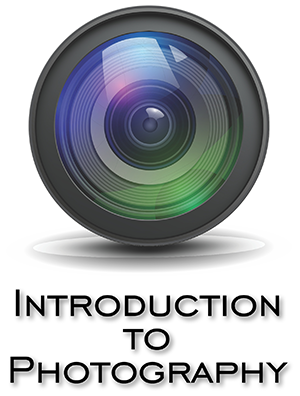
Fireworks
Images and text by Paul Illsley

Fireworks can be lots of fun to photograph but they do require a bit of planning in order to achieve the results you desire.
You are going to need a solid base to keep your camera steady. Of course a tripod is the logical choice but I have used a rock, bench or backpack in a pinch when a tripod wasn’t available.


You will need to have some way of holding the shutter open for an extended amount of time. Some DSLR cameras have a “Bulb” setting which allows you to press the shutter to start the exposure and release the shutter to stop the exposure (a cable switch is a handy tool to use for ths). Some point and shoot cameras have a “Fireworks” mode which will allow the shutter to stay open longer in order to record one or a couple of fireworks explosions.


If you are using a camera that allows you to set the exposure manually, choose F11 for the aperture, ISO 100 for the sensor sensitivity and “Bulb” for the shutter speed setting (check your exposure after a couple shots). F11 sounds like a small aperture but in reality fireworks are actually very bright and they require a small aperture in order to record the colours accurately. Set the camera so the lens is pointing towards the area where the bursts will most probably occur. Set the lens at infinity if you are using a wide angle lens or focus on the approximate distance if you are using a telephoto lens (don’t use autofocus because the camera will hunt for focus and you will miss the shots).

It might take a few bursts before you get the camera orientation narrowed down so you will probably be changing the orientation of the camera throughout the display depending on the height and location of each burst. It’s often a lot of work to try and anticipate the location of the bursts but the results can be rewarding.


Think about including something in the foreground like the reflection of the fireworks over water, the crowd watching the event or the surrounding landscape. This additional information often makes for a more interesting image than just the single burst.


When you record the image, open the shutter before the explosion starts, keep the shutter open for the duration of the explosion (or a couple explosions) then close the shutter after the explosion trail has gone out. Keep the camera very still during the exposure. You will find that you will be kept very busy trying to anticipate the location of the next explosion so don’t plan on just sitting back and watching the display your enjoyment will come once you have reviewed your photographs.
Return to IntroductionToPhotography.com
|





















